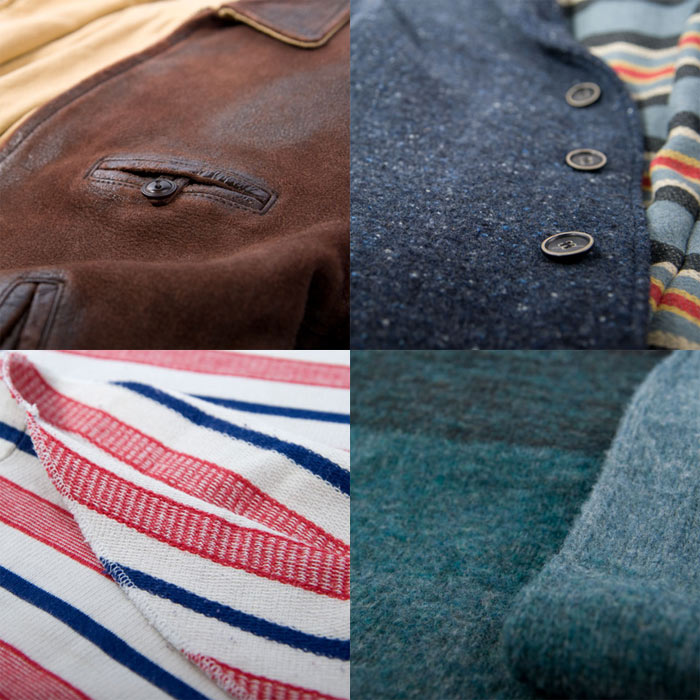Interview: Paul O’Neill of Levi’s Vintage Clothing
We speak with the sublabel’s Senior Designer on selecting pieces for reproduction, finding inspiration in music and his favorite 501s


As the originator of the classic American blue jean, Levi’s is a brand built on quality and function with a steady vision of the past, present and future of apparel. Though our sights are most often focused forward, towards the latest in innovation and tech here at CH, we recently had the opportunity to look back at the history of American denim design with an insightful conversation with Paul O’Neill, Senior Designer of Levi’s Vintage Clothing. After spending his childhood in Dublin, Ireland and the past six years in Amsterdam working for LVC, O’Neill recently made the move to San Francisco to be closer to the Levi’s team and the culture it represents. There, he works closely with the storied Levi’s archive to select certain pieces to be brought back to life as authentic reproductions each season. In our talk, we discuss what leads this process, where he finds inspiration outside of the archive and which iteration of the classic 501 is his favorite.
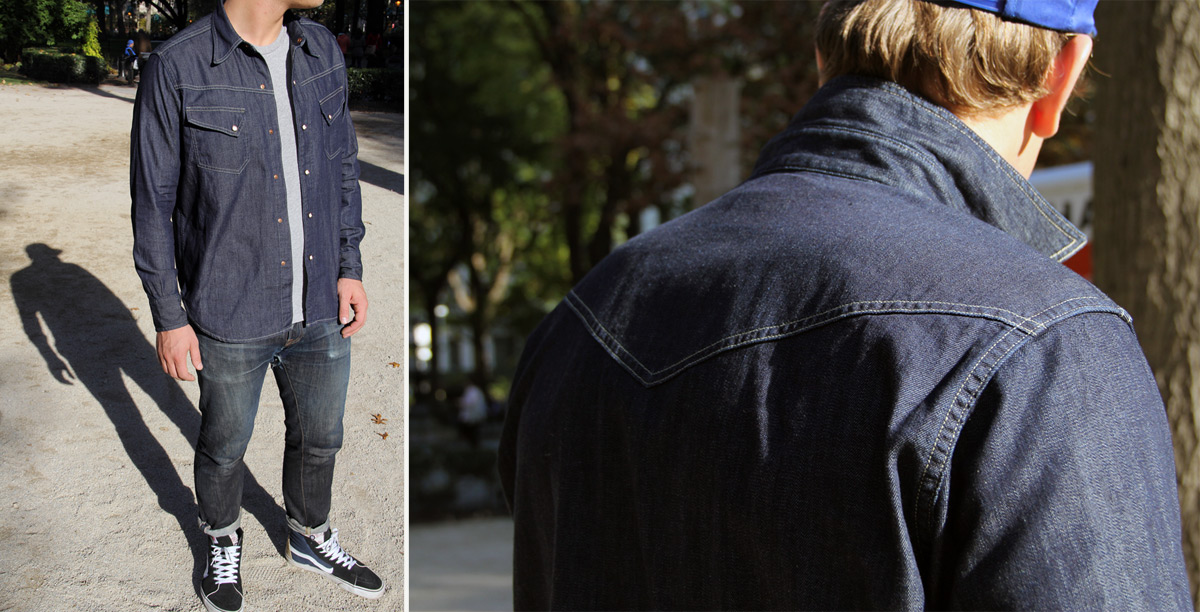
Since you’re limited to creating collections by the season, how do you decide which archival pieces to reproduce or reference?
I’ll say there are two different ways that we normally approach it, and it just depends on what we’ve found or discovered recently. One way is, when we’re putting together the season’s concept, we define a really rich story and that will be our starting point. So we research the story first and try to put it in context, and then we pay a visit to the archive, where we have 20,000 pieces. Once you have that story in your head, then those pieces start jumping out at you. But we don’t want a mish-mash of things in the line, so there’s stuff that is fabulous and I really want to do it, but we need to kind of hold off until the right time.
Then for example, a few years ago Levi’s bought these amazing denim jackets from the 1880s, and it’s so incredible to see, so maybe that will be the starting point. Then we build a collection around that. So we either build a story around an amazing piece or we go the other direction and determine the story and then figure the pieces that work with it.
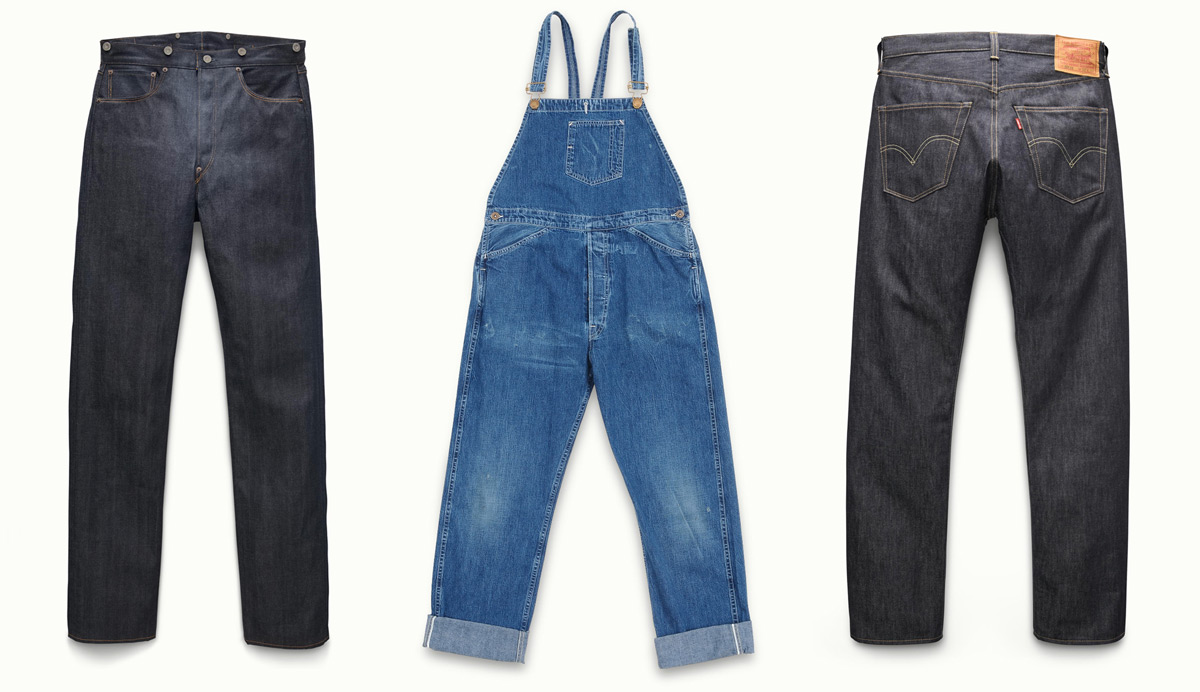
When you are recreating the pieces, do you stick to the dimensions, shape and fit exactly or do you have the liberty to update each while keeping the style?
Yeah, some of the old pieces are quite a strange fit. I mean, we’ll always try to make it work. The first thing we’ll do is copy the garment exactly the way it is. Then we have to look at it—how it measures up, because not all the pieces in the archives are sample size. You might have a small size or a really big piece. We’ll take it exactly as it is. We’ll grade the pattern so it’s relevant for a sample size and then we’ll look it.
You’d be surprised at how many pieces are really interesting fits. And some things, they just don’t work—they’re not comfortable to wear or it’s something not really aesthetic—so we’ll just try to make them a little bit easier for the modern consumer.
But we’re still trying to keep everything as close as possible. If we don’t have to change it, we definitely won’t. What’s interesting, I think, is the boxy fit—the unusualness of it. You find these vintage pieces that just don’t fit quite right, but I kind of like that. I like the way that you don’t know if you’re meant to put the sweater on backward or forwards because you don’t know which is which. I think that’s kind of intriguing. We’ve made sweatshirts recently that are like that. I think the beauty is to try and do that, and if you modernize everything, you’re kind of losing what makes it a real vintage product.
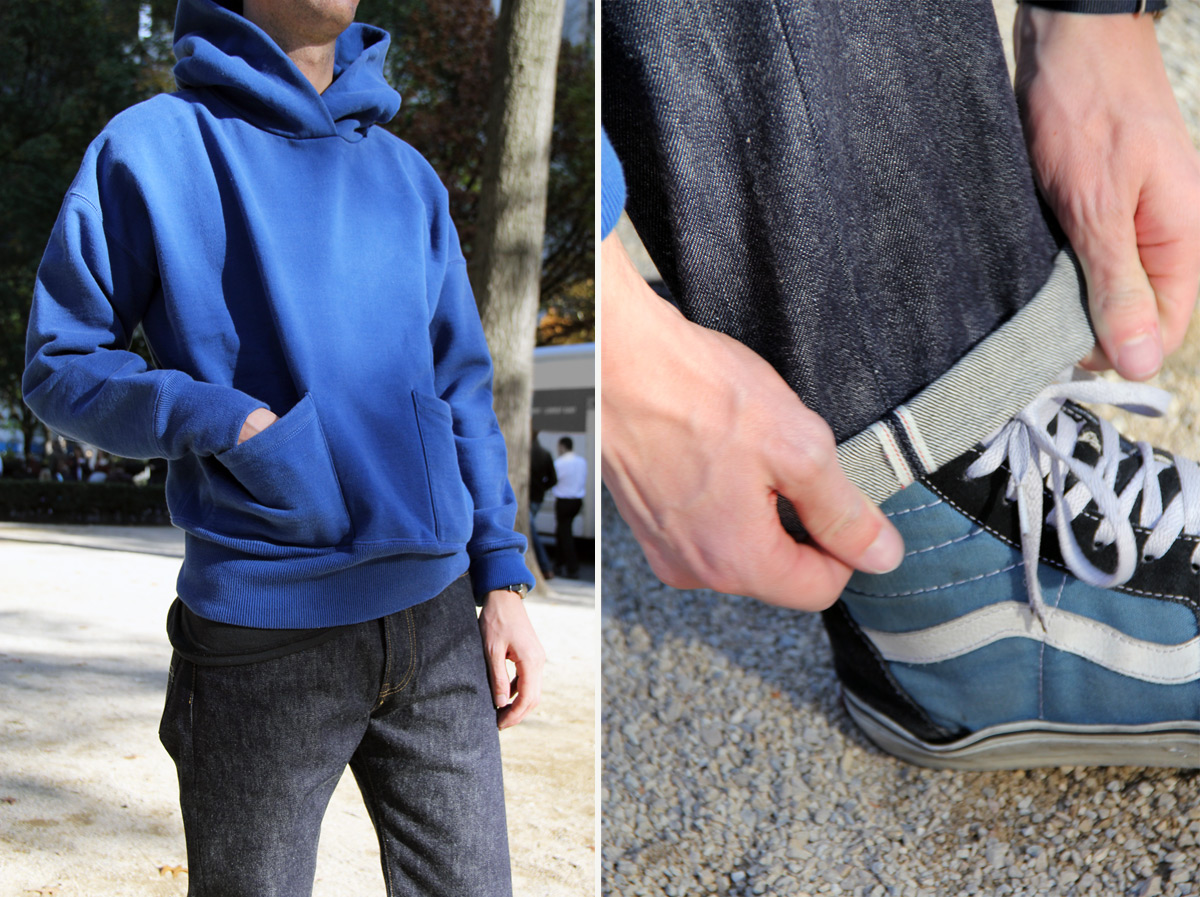
Along those lines, we were really loving the 1950s hoodie with the double front pockets. Is that design typical of that era?
Yeah, I love that. There’s lots of different variations of hoodies from the ‘40s, ‘50s and ‘60s, but that’s definitely typical of something from the ‘50s, for sure. You see a lot of it—the traditional way is one kangaroo pocket, but I think it’s nice to have the separate pockets. It’s a quite substantial piece.
Outside of the Levi’s archives, do you draw inspiration for collections from other significant areas of culture, like music for example?
Yeah, yeah, I’m pretty crazy about music. I collect records from the ‘20s to the ‘60s, so I’m always referencing music to everything. The concepts won’t always be about music, but there’ll always be a sort of soundtrack to the collection in my head anyway.
Thinking back to the Boom Town collection, that was heavily influenced by the underground record scene in Detroit in the ‘60s. I mean, I know there’s Motown Records, but there’s also these really small labels that were just popping up everywhere, and releasing these amazing records. That was really inspirational for us for that season. Everything is always linked to music, even if it’s not direct, not a direct story.
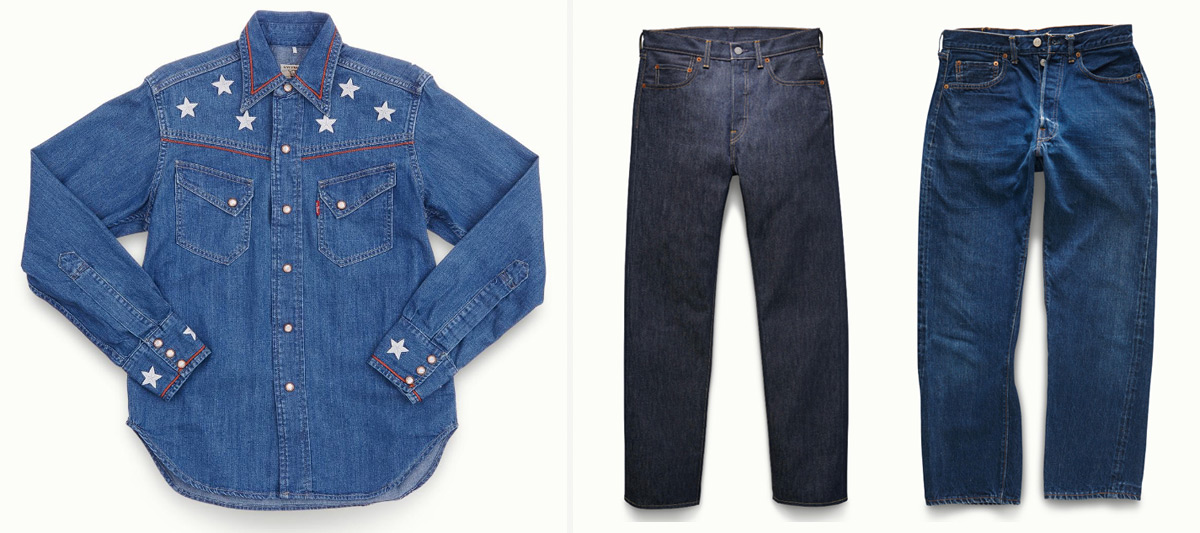
Speaking to the 501 specifically, do you have a favorite era or year that you’ve already reproduced? Has there been one that was particularly interesting?
Yeah, I loved the 1960s 501 personally. It’s probably not one of our more commercial ones, but I really like the fit. If you look at the era, I think it really sums up that mid to late ‘60s. It’s a little more relaxed than people would expect, but I think it actually really is true to the period. I love wearing that one. I think it’s great.
But it’s also like trying to pick your favorite album because it just depends on what mood you’re in. There’s so many good ones. There’s still so many great ones that we have to reproduce.
Is there a specific era that you find most interesting to pull from?
It changes all the time. I wouldn’t want to ever focus too much on one thing. It just depends. I love it all really. But from a music perspective, I love old blues from the ’20s and all the soul and psychedelic stuff from the ‘60s. I think we can just jump around as well. For me, it’s educational; it’s a learning curve to explore all these parts of American history.
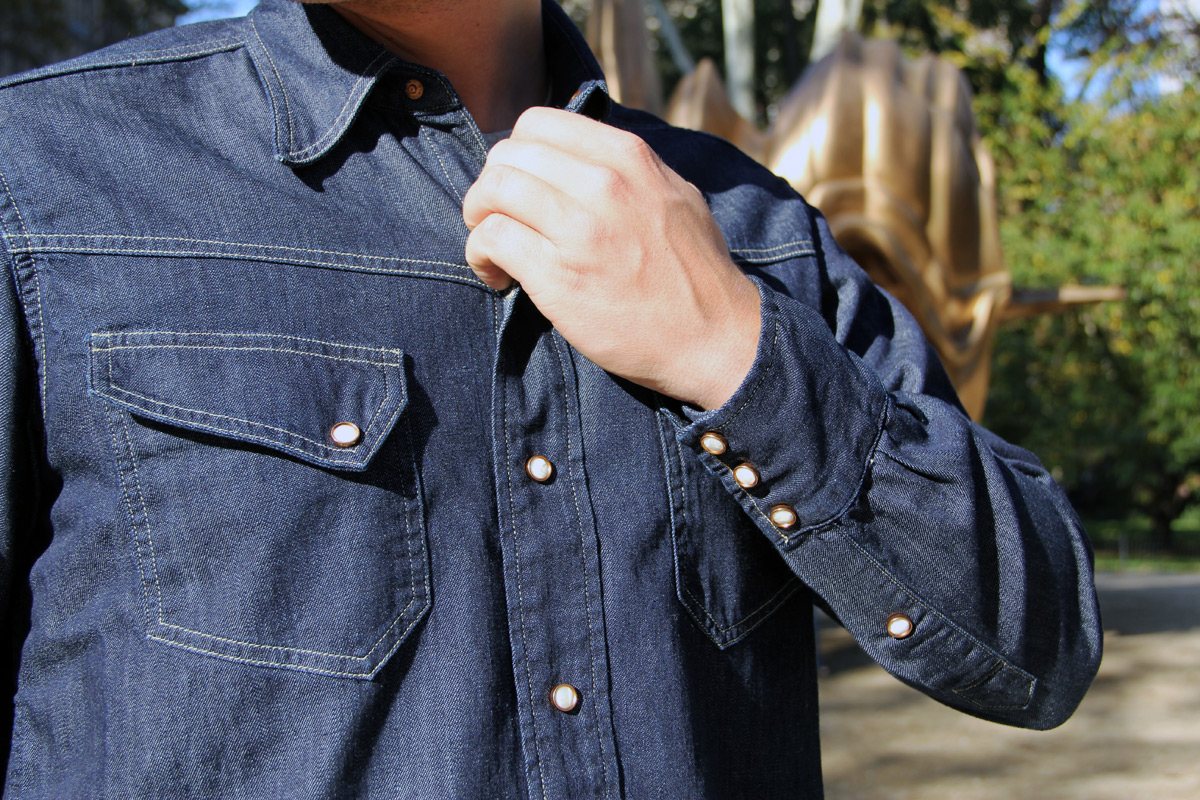
How has your experience living in Dublin and Amsterdam influenced your approach to designing and experiencing this area of Americana?
I’ve been interested in American history and culture since I was a kid. I know a lot about it, but I’m also still learning because we’re pushing ourselves further away from the norm or mainstream stuff, I suppose.
For me, what’s amazing now is to be an elevator ride away from the archives. [Coming from Amsterdam] I thought it was this magical place, and it’s still just as magical, but now it’s a lot more easy for me to walk down the stairs and look at it. I think it’s an incredible thing to be over here. I think to live over here now—you can breathe it in a lot more and there’s a lot of stuff on your doorstep here I only dreamed about before. So I think it’s amazing to be over here and I’m exciting to be in San Francisco and be a part of it.
Lifestyle images by Cool Hunting, all others courtesy of Levi’s Vintage Clothing


